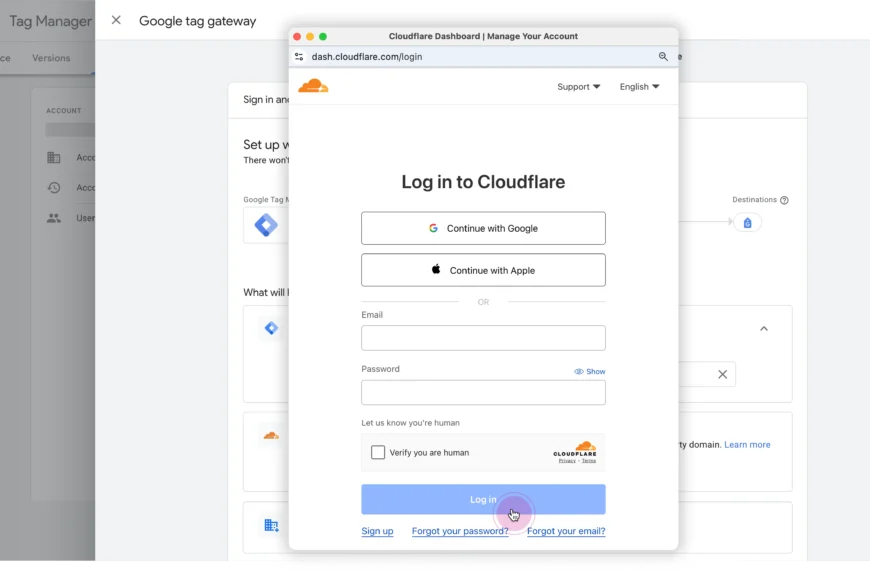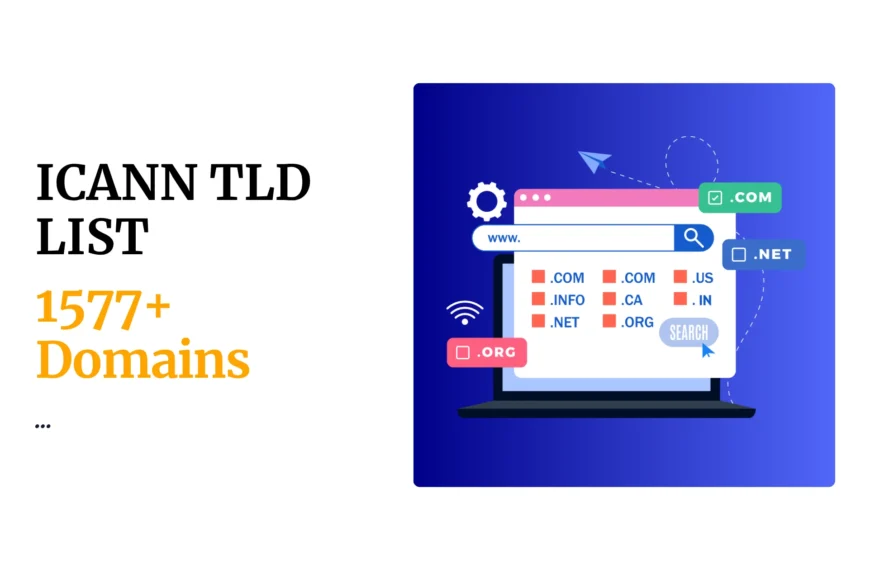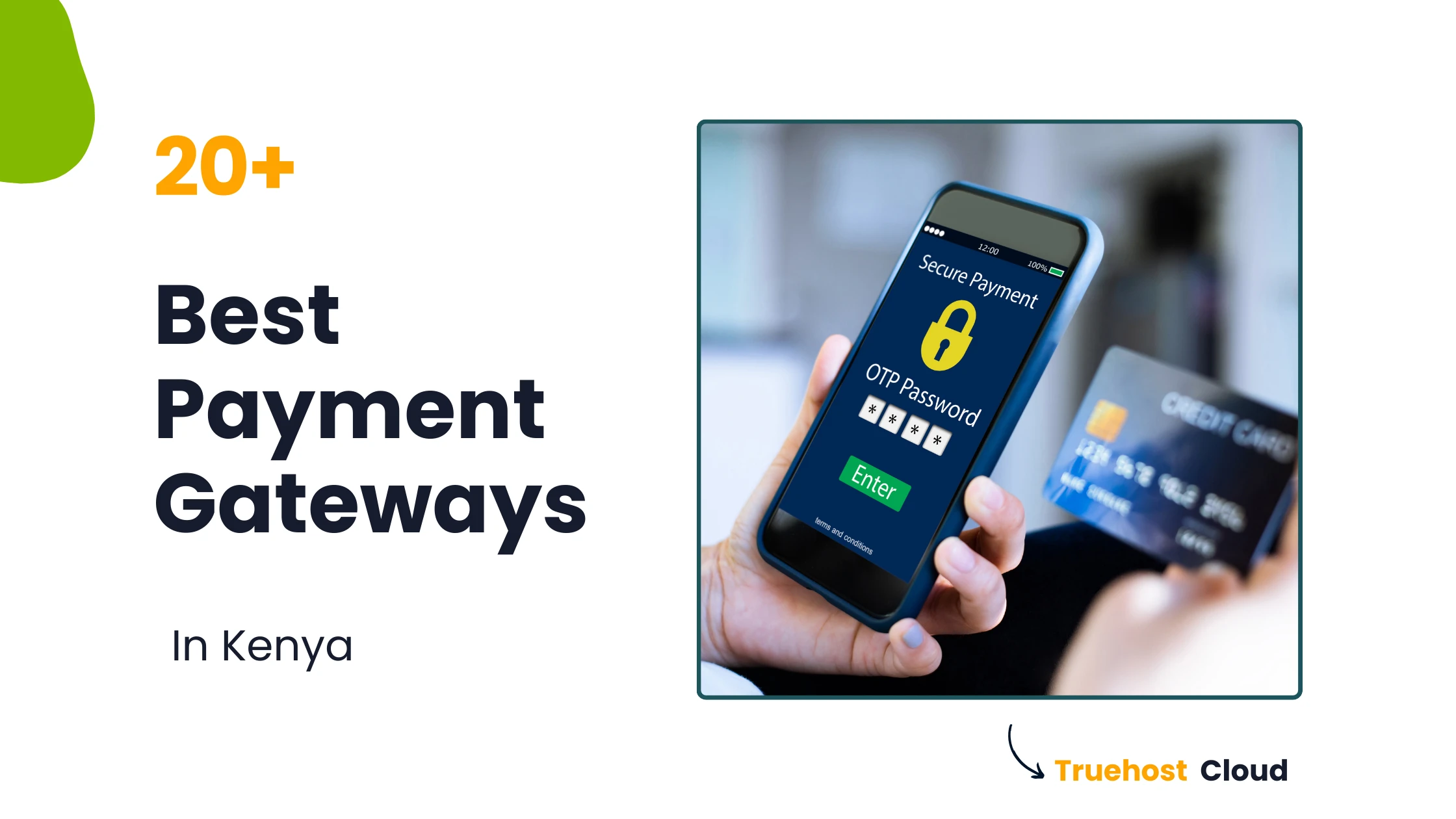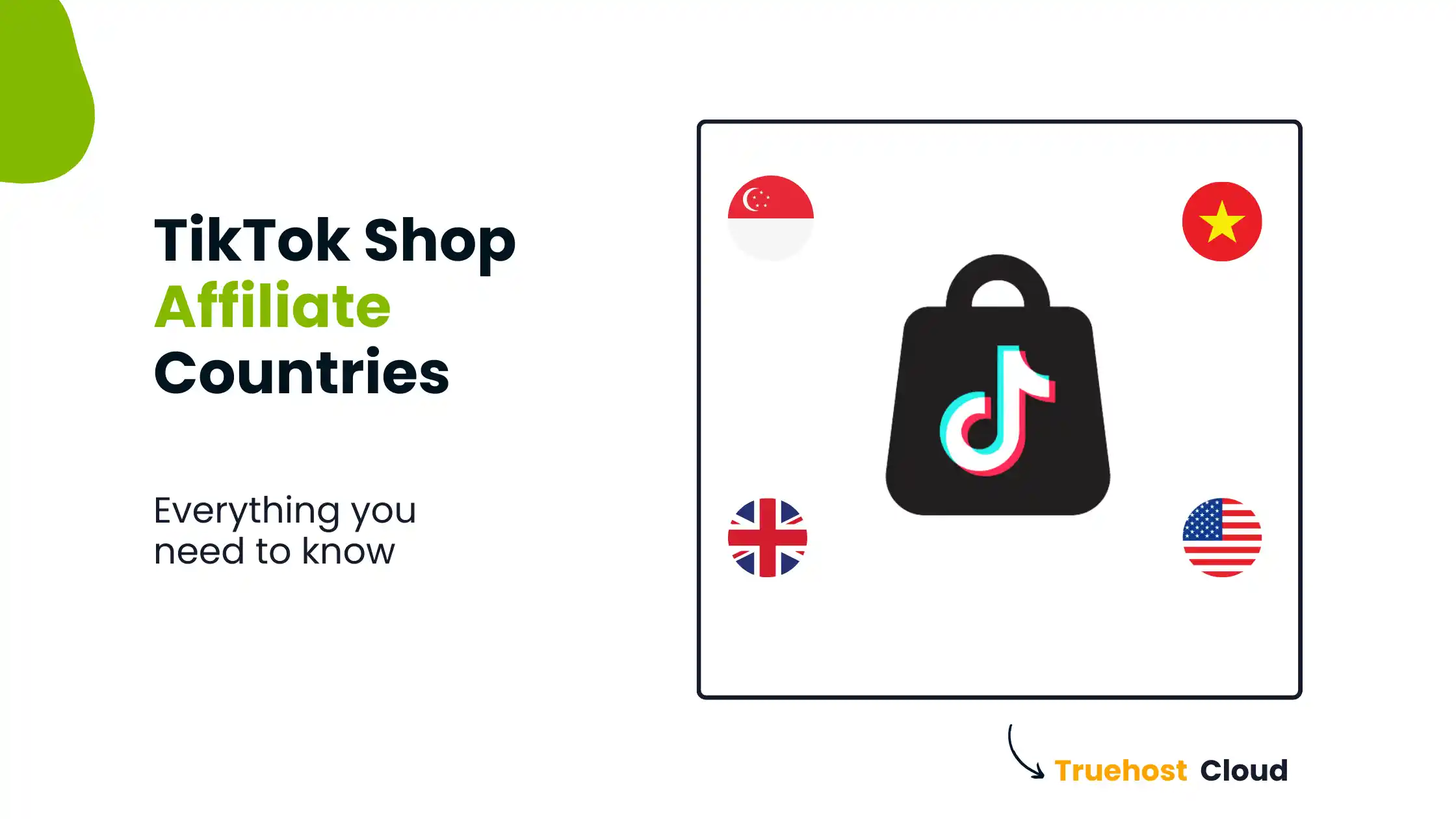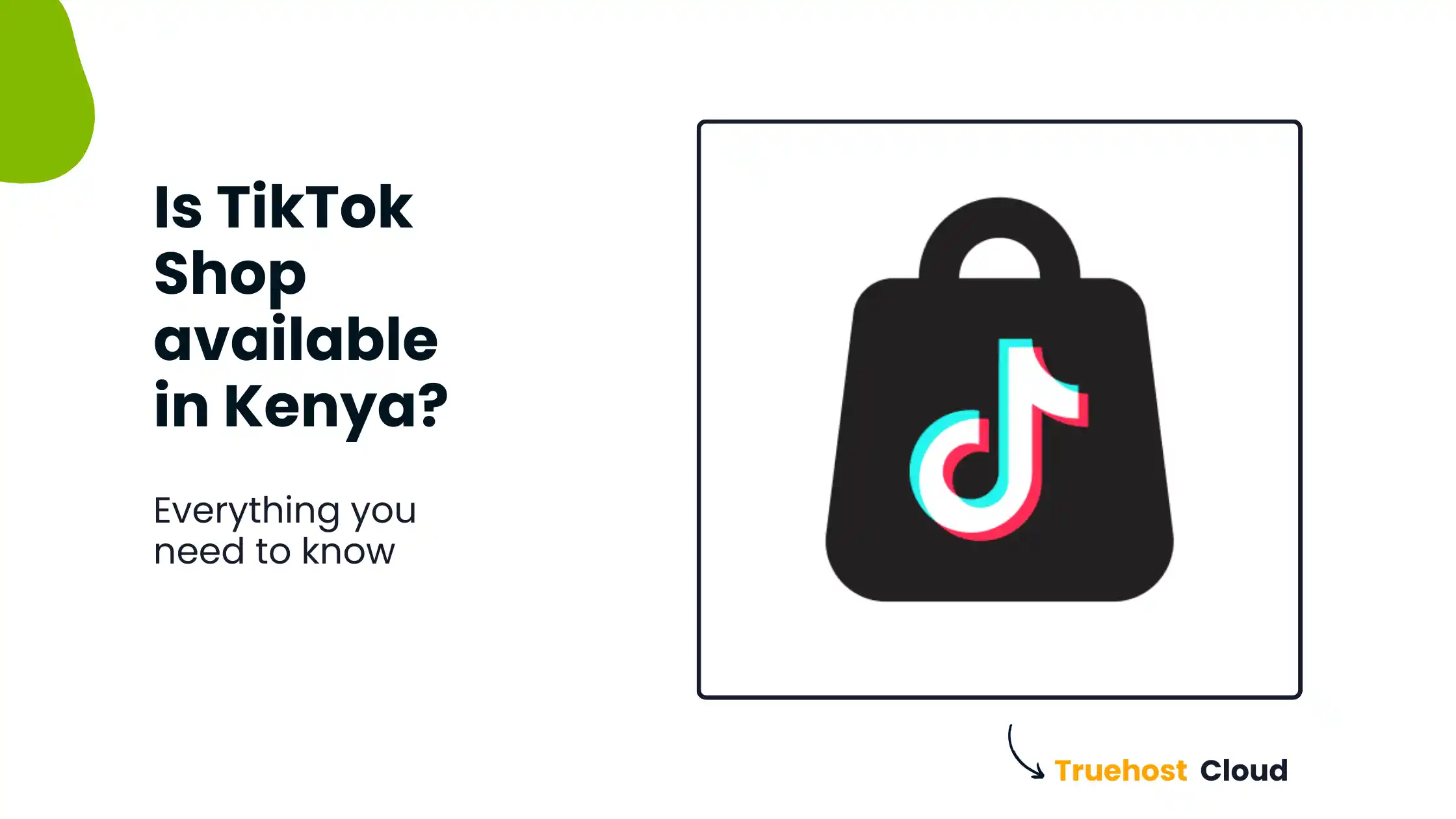Are you wondering how to open an Etsy shop in Kenya? So, this post is for you.
Etsy is one of the largest online marketplaces in the world. With over five million sellers and nearly 90 million active buyers, it’s possible to transform a side hustle into a full-time career.
It’s a location where small company owners may find their perfect clients. Millions of shoppers use credit cards to purchase homemade crafts, jewelry, and art.
Sellers in Kenya can use Etsy to reach customers outside of their local markets, as well as create connections and collaborate with buyers and fellow artists from all over the world.
Advantages of selling on Etsy From Kenya
1). Niche marketplaces
With Etsy focusing solely on gift items and homemade goods and crafts, you may reach shoppers all over the world who are looking for your products. This helps your business maintain a healthy demand and profit balance in the long run.
2). A mobile-friendly experience for buyers
The Etsy platform is incredibly mobile-friendly, and with purchasers preferring to shop on mobile devices rather than desktop screens, the shopping experience is seamless. Your customers may browse, check, and shop in minutes, without any difficulties.
3). Extended Reach
Another advantage of selling on Etsy is the exposure to a larger audience. Etsy, with millions of users worldwide, provides a unique platform for merchants to reach more people and exhibit their products to clients who appreciate and respect handmade artistry. This gives an exceptional opportunity for Kenyan entrepreneurs to enter the global market and display their country’s rich cultural heritage and artistic skills.
4). Personalised customer engagement
Because Etsy is a gift-focused site, you can always personalize for your customers with creative packaging, storytelling in product descriptions, and funny product names that match your products. This piques your buyers’ attention and encourages them to make purchases.
Why Should You Choose to Sell on Etsy Kenya?
Since its initial public offering in 2010, Etsy has experienced consistent growth in both revenue and usage. However, the unprecedented impact of the coronavirus pandemic significantly accelerated its expansion. In 2019, Etsy generated approximately $818 million in revenue, a number that surged to an impressive $1.72 billion in 2020. Moreover, during that period, the platform also witnessed a doubling of active buyers.
To further emphasize the potential rewards for sellers on Etsy, let’s delve into some additional evidence of its remarkable growth. Specifically, during the quarter ending September 30, 2023, Etsy’s revenue reached $0.636 billion, marking a notable 7.04% increase compared to the previous year.
Over the twelve months ending on the same day, the company’s revenue soared to $2.713 billion, reflecting a substantial year-on-year surge of 9.58%.
Looking at the annual figures, Etsy’s revenue for 2022 spiked to $2.566 billion, representing a solid 10.18% increase from 2021. The previous year, 2021, demonstrated exceptional growth as well, with revenue amounting to $2.329 billion, indicating a substantial 34.97% rise compared to 2020. Notably, 2020 witnessed a remarkable revenue jump, with figures reaching $1.726 billion, showing a staggering 110.86% increase from the previous year.
Considering this compelling data, it becomes evident that time is of the essence for tapping into the benefits that Etsy has to offer. Delaying your involvement on this platform could mean missing out on a host of lucrative opportunities.
What you should know before setting up an Etsy shop
Before setting up your shop on Etsy, it is important to have a clear understanding of a few key principles.
First and foremost, it is crucial to recognize that not every product can be sold on Etsy. Unlike platforms such as Amazon or eBay, Etsy is a community-specific marketplace that has certain restrictions in place regarding the types of products that can be sold.
Additionally, it is important to acknowledge that relying solely on Etsy to build a comprehensive brand image may not be sufficient. While Etsy can be a valuable tool for independent sellers, it is essential to have a broader marketing plan in place to scale your business effectively.
Furthermore, Etsy has specific guidelines regarding product production, the number of listings allowed, and promotional strategies. These rules are designed to promote personalization and support independent sellers, and it is vital to familiarize yourself with them to succeed on the platform.
To maximize your success on Etsy and effectively expand your brand, it is essential to incorporate these principles into your overall marketing strategy.
How to Start Selling on Etsy from Kenya.
#1. Go to Sell on Etsy.
To start selling on Etsy, go to https://Etsy.com and click on “Sell On Etsy” in the footer section. To start selling on Etsy, choose either “Get Started” or “Open your Etsy shop.” There are no charges for signing up on the platform, so you can start for free.
#2. Open your Etsy storefront.
Once you’ve created an account, use it to start your Etsy shop. Begin by inputting your shop’s choices, such as the language to describe your products, the country from which you’ll sell, and the currency you’ll charge customers in.
Next, enter the name of your shop. This can be a combination of letters and numbers, with no spaces.
Etsy does not provide many store name change options. That, combined with the fact that this is a community-specific eCommerce platform, necessitates the use of a name that appeals to the audience you want to reach.
If you have a name in mind, great! If not, you can select from the options presented by Etsy on this page.
#3. Stock your shop
During this stage, the process involves entering the details of each product individually. Upon choosing the ‘Add A Listing’ option, you will be redirected to a new menu page. Here, you can input various types of listing information, which includes the following:
– Images
– Videos
– Title
– Category
– Description
– Partner Details involved in Production
– Tags
– Materials utilized
– Price per quantity
– Variations
– Options for Delivery and Postage
– Customs Information
– Size and Weight of the Product
– Postage Price
For each listing, you are given the option to include all of the aforementioned details. Regarding the images, it is necessary to provide pictures of the product from different angles, as well as during its usage, and a photograph that demonstrates its size and proportion. Additionally, you can include informative videos regarding the product itself, its production process, and its unique attributes.
Please note that Etsy strictly permits videos lasting from 5 to 15 seconds, and they should not contain any sound. Furthermore, it is advised to photograph the product using natural lighting, highlighting its usage, and placing it against a clean background.
This stage is of utmost importance and requires numerous steps. Therefore, we highly recommend seeking the assistance of Etsy’s product listing services for this particular aspect.
#4. Select The Payment Information
At this stage, Etsy requires you to provide your banking information, social security number (SSN), address, the location of your bank, your name, and date of birth.
By utilizing this feature set, you can benefit from secure transactions, while also offering your buyers a variety of payment options.
#5. Provide Billing Details
Depending on the country you reside in or where your business is established, you must input accurate billing information during this phase. The credit card you provide may be utilized for purposes such as identification, authorization, and payment of fees and commissions.
#6. Personalize your Etsy storefront
An essential step towards establishing an Etsy shop entails personalizing your newly created storefront, which serves as the initial information hub for potential customers. Follow these steps to accomplish this:
a. Upload a profile and banner photo
Emphasize yourself, your products, or your business’s logo by showcasing them prominently on your Etsy store homepage.
b. Establish a user profile
Introduce yourself as the shop manager and provide a face to your products on this online marketplace. By doing so, instill confidence in potential customers that there is a real person behind the screen.
c. Share details about your new store
Inform visitors about the products you sell, the reasons behind your offerings, and the story behind your store’s inception. Offer first-time visitors a glimpse into your background and provide convincing reasons as to why they should choose your products.
d. Upload your shop policies
Essential information such as delivery procedures, payment options, privacy measures, and exchange and return policies should be clearly outlined for customers, this will help avoid any potential confusion during the purchasing process.
#7. Establish Shop Security.
This is the final stage of creating an Etsy shop.
Security is a major concern in all forms of online marketplaces. This is especially true for Etsy, where you are responsible for a significant amount of security firewalling.
Etsy allows you to configure three security settings.
Two-factor authentication.
Sign-in Notification
Sign-in History
Enable these parameters. Choose your passwords wisely and schedule them to change every few weeks.
Also, if you use Etsy on your mobile device, make sure to update it to the most recent security patch.
How much does selling on Etsy cost?
There are no upfront charges for selling on Etsy, making it simple to get set up and running. The charges begin as soon as you start offering items for sale.
Let’s look at the main Etsy selling costs.
a). Listing Fees
Listing fees are the most typical Etsy seller fees. Sellers are charged 20¢ per new listing uploaded to their store, regardless of whether it results in a sale or not.
By default, listings appear on Etsy’s marketplace for four months (or until the item is sold). If you select auto-renew, you will be billed the same 20¢ once the four months are up.
b). Transactions fee
To sell an item on Etsy, expect to pay a 6.5% transaction fee in addition to postage, shipping, and gift wrapping.
c). Payment Processing Fees
When setting up an Etsy store, sellers supply bank information to receive payments or can use Etsy Payments, which provides a variety of payment alternatives.
Etsy Payments charges payment processing fees, and merchants in some countries must meet minimum payment requirements.
d). Currency Conversion Fees
All Etsy charges are in USD, even if things are sold in other currencies, and are converted to the seller’s bank’s currency before transfer.
When dealing in a currency other than USD, you may be charged a 2.5% currency conversion fee.
e). Off Site advertising fees
Etsy provides Offsite Ads, which display products through its marketing channels such as Facebook and Google Ads.
Sellers are charged when their products sell through Offsite Ads, with fees of 15% for sales under $10,000 and 12% for sales above $10,000, with a maximum of $100 per item.
f). Etsy’s delivery expenses
Sellers can purchase shipping labels on Etsy using Etsy Payments or PayPal, with pricing varying depending on carrier, origin, destination, and package size.
Additional fees are charged for signature confirmation and insurance.
g). Etsy Plus
The Etsy Plus subscription includes 15 listing credits, a $5 credit for Etsy advertisements, customizable store choices, discounts on custom domain names, and customizable to inform customers when an item is back in stock.
Final words!
Etsy has, without a doubt, secured its place as an alternative marketplace for Kenyan sellers to present their products. However, its potential for promoting local goods is far more substantial.
With its extensive reach and diverse customer base, Etsy presents a distinctive platform for Kenyan artisans and business owners to gain visibility on a global scale.
Unlike numerous other websites, Etsy imposes lower fees for vendors and enables Kenyans to display their innovative creations to an international audience.
 Domain SearchInstantly check and register your preferred domain name
Domain SearchInstantly check and register your preferred domain name Web Hosting
Web Hosting cPanel HostingHosting powered by cPanel (Most user friendly)
cPanel HostingHosting powered by cPanel (Most user friendly) KE Domains
KE Domains Reseller HostingStart your own hosting business without tech hustles
Reseller HostingStart your own hosting business without tech hustles Windows HostingOptimized for Windows-based applications and sites.
Windows HostingOptimized for Windows-based applications and sites. Free Domain
Free Domain Affiliate ProgramEarn commissions by referring customers to our platforms
Affiliate ProgramEarn commissions by referring customers to our platforms Free HostingTest our SSD Hosting for free, for life (1GB storage)
Free HostingTest our SSD Hosting for free, for life (1GB storage) Domain TransferMove your domain to us with zero downtime and full control
Domain TransferMove your domain to us with zero downtime and full control All DomainsBrowse and register domain extensions from around the world
All DomainsBrowse and register domain extensions from around the world .Com Domain
.Com Domain WhoisLook up domain ownership, expiry dates, and registrar information
WhoisLook up domain ownership, expiry dates, and registrar information VPS Hosting
VPS Hosting Managed VPSNon techy? Opt for fully managed VPS server
Managed VPSNon techy? Opt for fully managed VPS server Dedicated ServersEnjoy unmatched power and control with your own physical server.
Dedicated ServersEnjoy unmatched power and control with your own physical server. SupportOur support guides cover everything you need to know about our services
SupportOur support guides cover everything you need to know about our services

